CrossCurrents Library
Featured Collections
Topics

No student enters the classroom as a blank slate. Each has prior knowledge, also known as background knowledge, which informs their approaches to and understanding of new material and new experiences. Prior knowledge is the accumulation of everything a student has learned, through both formal and informal means. We can help students better understand new material by activating their prior
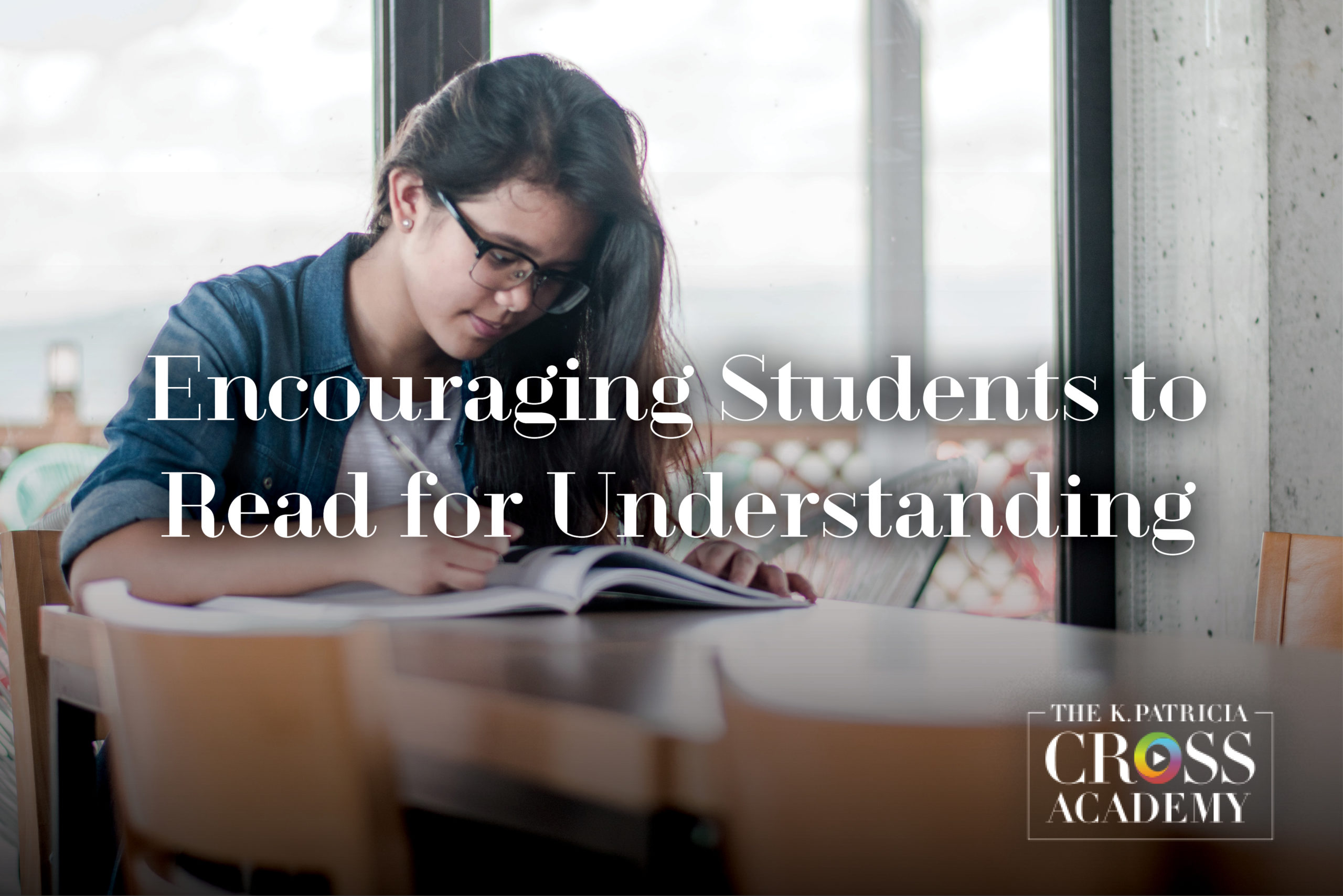
Reading is a fundamental skill that many of us take for granted, particularly in academia, yet it is essential to student success in and out of the classroom. However, as Thorndike wrote in 1917, reading can be as complex as solving a complex equation: Understanding a paragraph is like solving a problem in mathematics. It consists of selecting the right
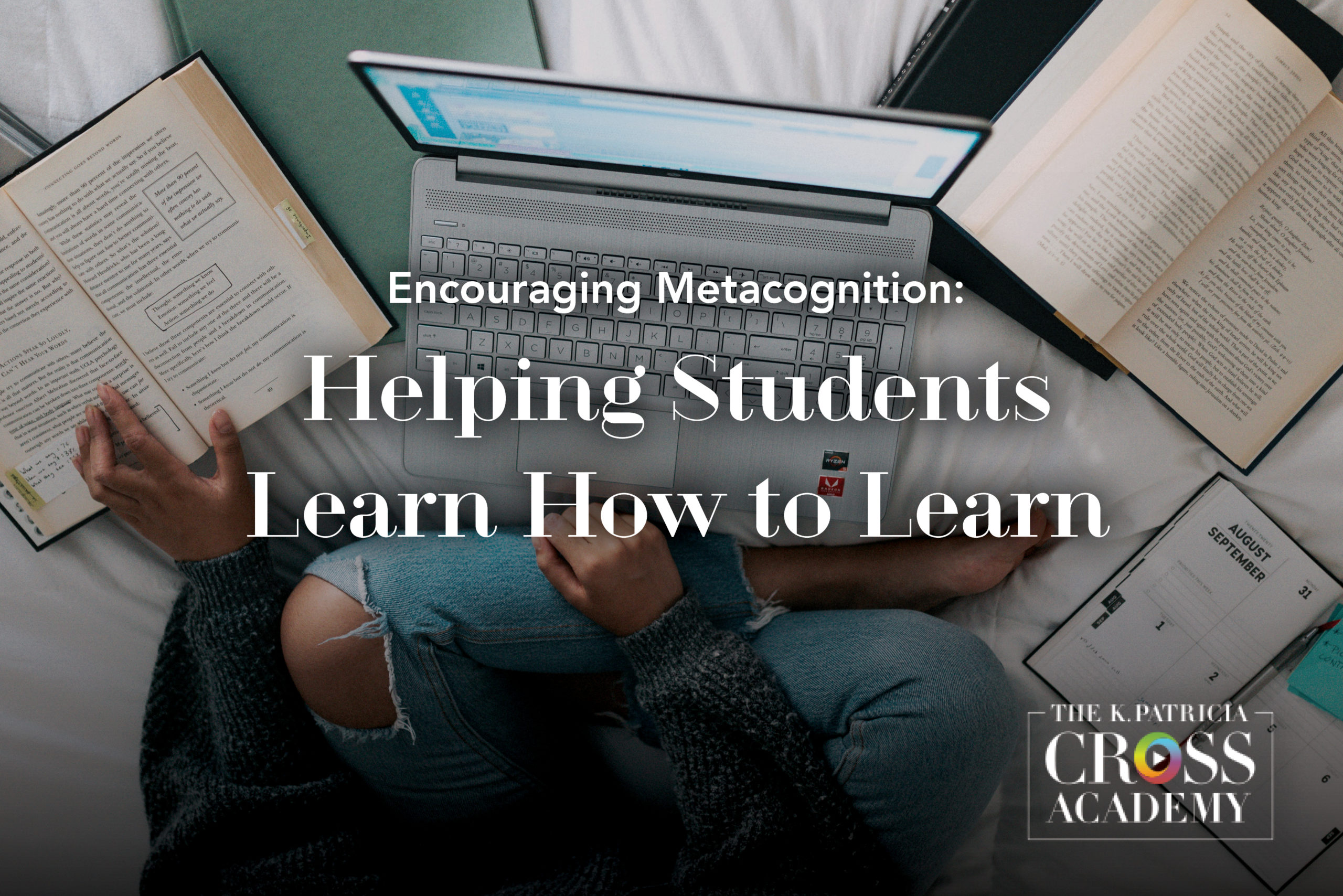
College and university students are regularly asked to learn a great deal of content and many skills in their courses, but the learning processes involved are rarely considered or managed on their own. For example, students can find it incredibly difficult to recognize learning gaps or misunderstandings when learning a new concept or process. They don’t always plan out their
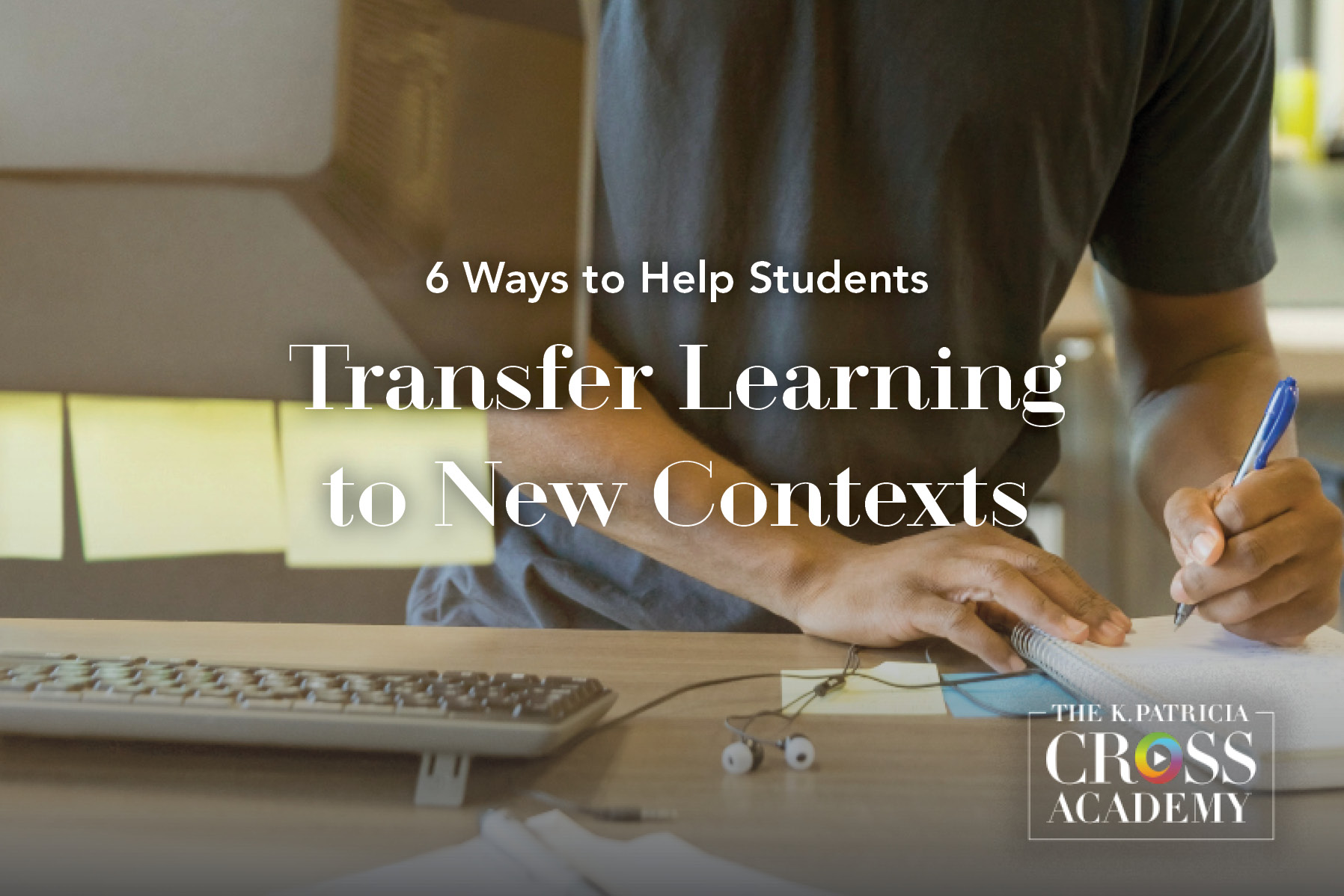
As college teachers, we want students to be able to take what they have learned and apply it in a different context. This phenomenon is called the Transfer of Learning, and it involves the application of skills, knowledge, and/or attitudes that were learned in one situation to another learning situation. Every student can benefit from learning in a way that

Much of the literature about teaching and learning stresses that teachers should articulate their learning goals as well as their objectives and outcomes. Learning goals allow you and your students to focus on what they are supposed to learn. When learning goals are explicit, they will guide students’ decisions on where to focus effort as well as to illuminate what
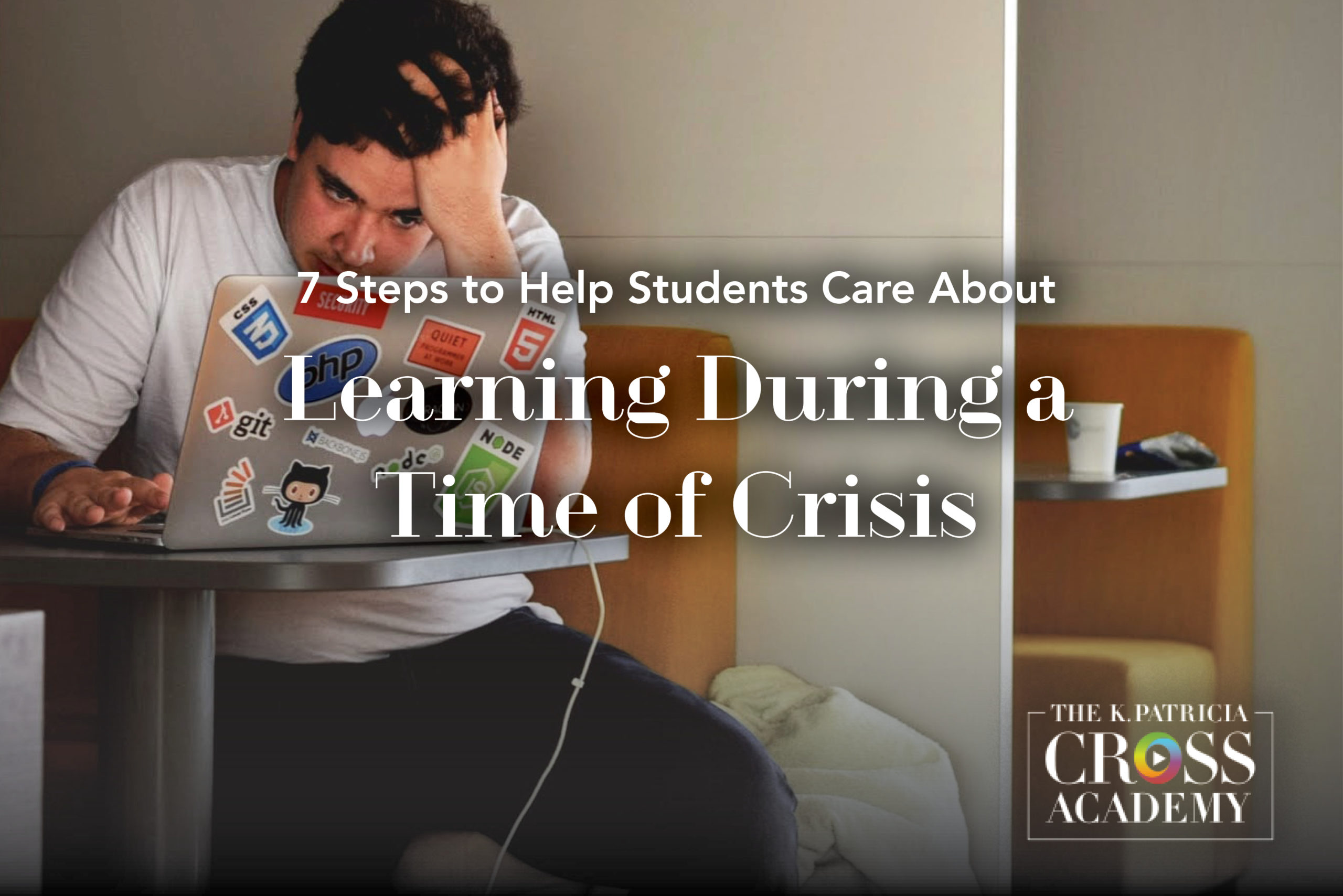
The COVID-19 pandemic and its surrounding political climate find us all in a time of crisis. Teachers and students alike are often caring for family members, friends, and themselves. It seems simple common sense that students who really care about what they are learning will invest the time and effort required to learn it well and remember it longer. So how do we help students focus their care on learning, during a crisis, during an age of significant distraction?

Few of us have had formal opportunities to learn about teaching online. As a result, we often lack a full understanding, or even a good practical sense, of the look, pacing, and feel of an online course. But to teach online well, we need such knowledge. Lee Shulman, educational psychologist and former president of the Carnegie Foundation for the Advancement
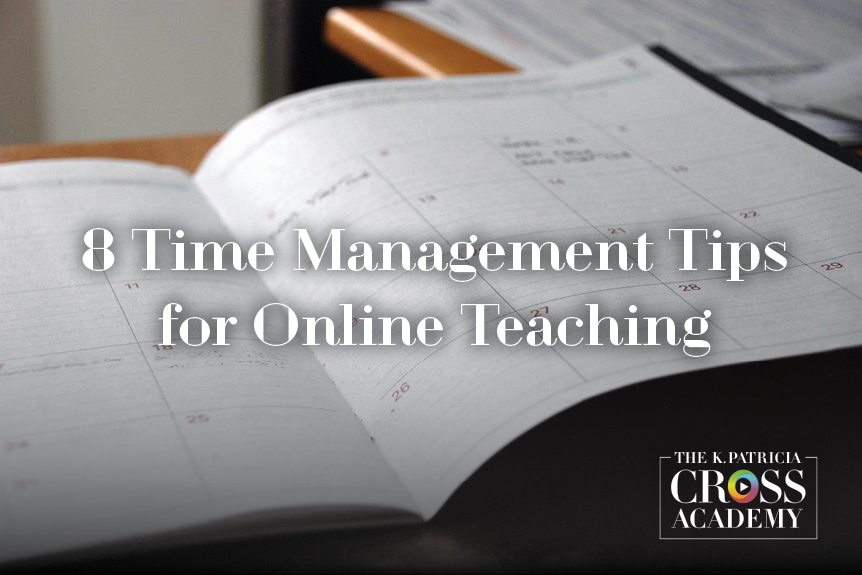
In higher education, we work within semesters, quarters, or terms that last a set number of weeks. Within a given term, we teach in chunks of time, with classes lasting 50 minutes, 3 hrs, 8 hrs, or other increments. But when we teach online, no longer does teaching have to occur synchronously at a fixed time and location. The online teaching environment requires reconsidering traditional notions of time
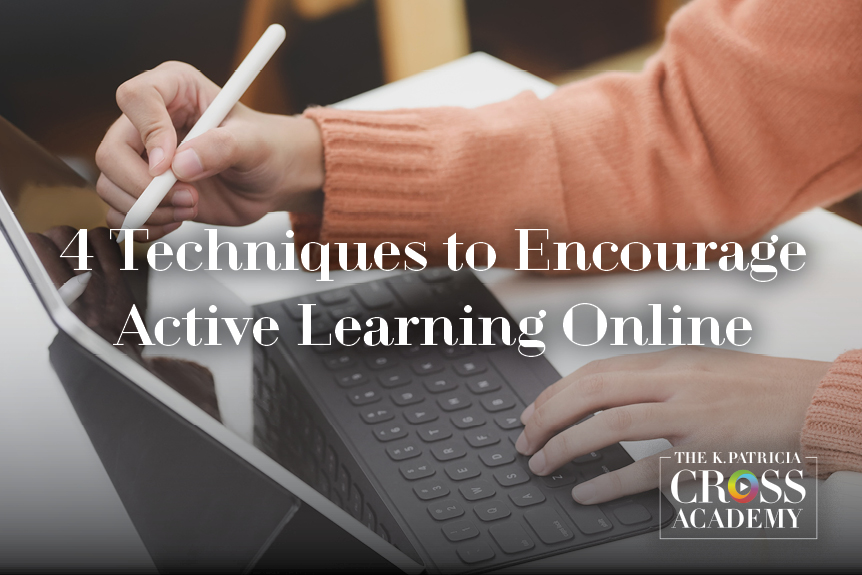
Active learning has come of age in higher education, with many educators adopting this method of teaching in their courses and with many studies documenting its effectiveness as an instructional approach. But what is active learning anyway? And given the fact that so many of us are teaching online, what does it look like in an online course? Descriptions of

When we teach online, we have to be more intentional about sharing information about ourselves and about which information we will share. We decide, for example, whether to display a picture of ourselves or an avatar and if so, which. We have to make decisions about what personal information to put out there for students. We have to choose whether or not we want them to see and hear us. How can we make deliberate choices when creating our personas?
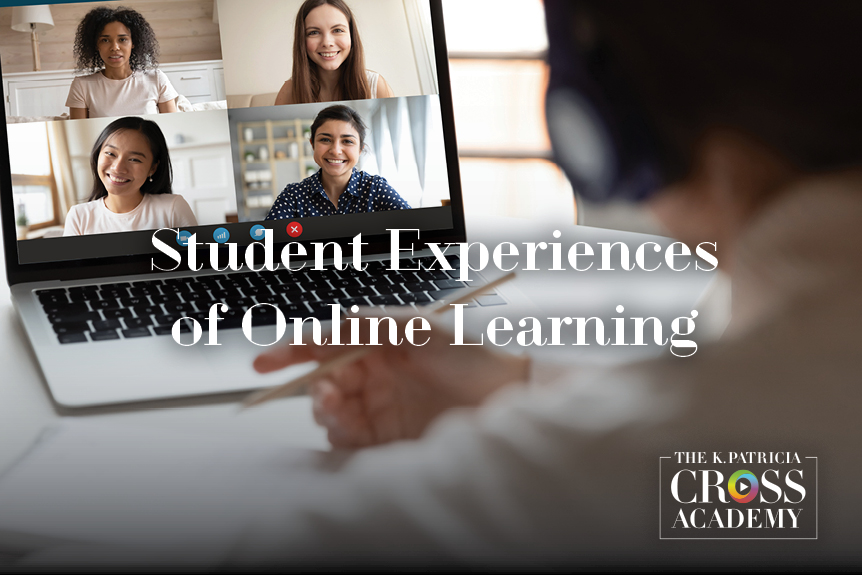
Higher education institutions have been scrambling to meet the demand for remote and online courses. This has been due in part to general growth trends in online enrollment, but it has also been accelerated out of response to the Covid-19 pandemic. Because of this, we have focused on helping faculty teach more effectively online. In this blog, we turn our
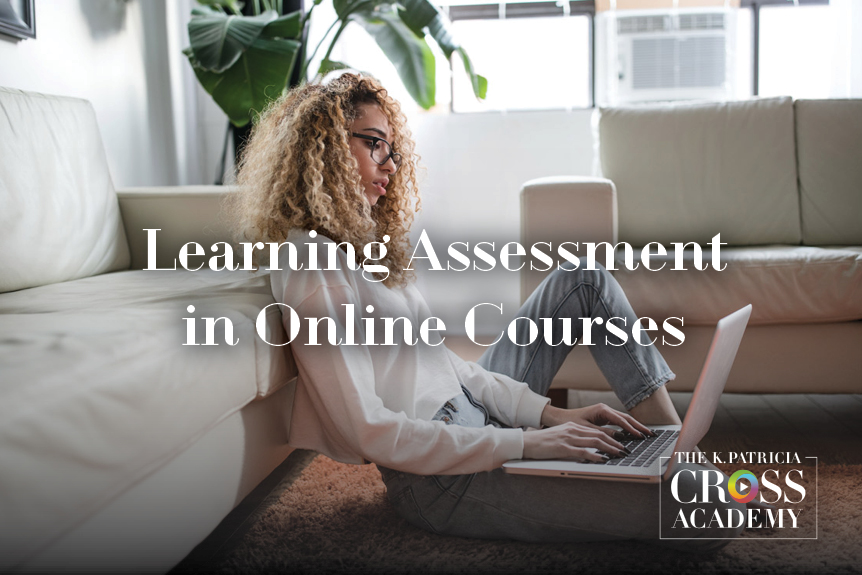
Faculty who have recently begun teaching online often ask: “How will I know that my online students are learning when I can’t see them?” The short answer to this question is assessment. At its most fundamental level, assessment is the action of appraising the quality of something. In teaching, assessment is used to appraise the knowledge, skills, attitudes, and beliefs